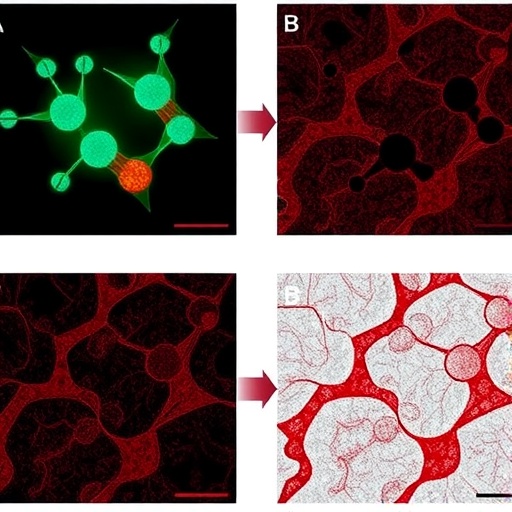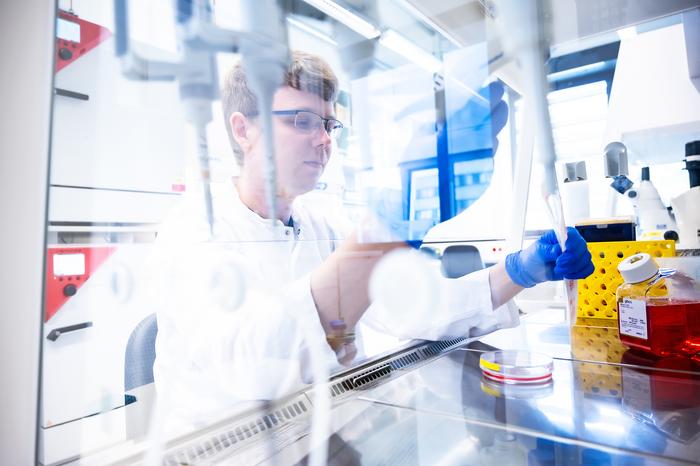
Credit: Houston Methodist
Houston Methodist researchers have identified an immune pathway that promotes the formation of a cell that can develop into new tissues and organs.
In a new study published in the journal Stem Cells (online March 9), a team led by John P. Cooke, M.D., Ph.D., chair of Cardiovascular Sciences, Houston Methodist Research Institute, described how activation of innate immunity enhances nuclear reprogramming, one of the first steps in tissue regeneration, or the formation of new tissues and organs from a single cell in the body.
[Click here for video with John Cooke, M.D., Ph.D.]
"We found that activating the innate immune system opens up the DNA," said Cooke, the study's senior author. "This open state enhances the formation of induced pluripotent stem cells (iPSCs) or cells that can have the ability to regenerate into other cell types and tissues, such as that of the brain, heart or liver."
The use of iPSCs to generate tissues would revolutionize transplantation, facilitating the growth of artificial organs. Cellular nuclear reprogramming is a powerful tool that enables researchers to direct a skin cell to become another type of tissue or organ. Cooke's team plans to use the activation of innate immunity to regenerate damaged tissues to improve wound healing or recovery after a heart attack.
###
The research was supported in part by the National Institutes of Health (U01HL100397, HL098049-01A1, and SR00003169/5U01HL099997), the Cancer Prevention and Research Institute of Texas (CPRIT) and the American Heart Association Scientist Development Grant (13SDG17340025).
To speak with John P. Cooke, M.D., Ph.D., contact Gale Smith, Houston Methodist, at 281.627.0439 or [email protected]. For more information about Houston Methodist, visit houstonmethodist.org. Follow us on Twitter and Facebook.
For more information: Retinoic acid inducible gene 1 protein (RIG1)-like receptor pathway is required for efficient nuclear reprogramming. Stem Cells DOI: 10.1002/stem.2607. (Online March 9, 2017) N. Sayed, F. Ospino, F. Himmati, J. Lee, P. Chanda, E. S. Mocarski and J. P. Cooke.
Media Contact
Gale Smith
[email protected]
281-627-0439
@MethodistHosp
http://methodisthealth.com
############
Story Source: Materials provided by Scienmag





